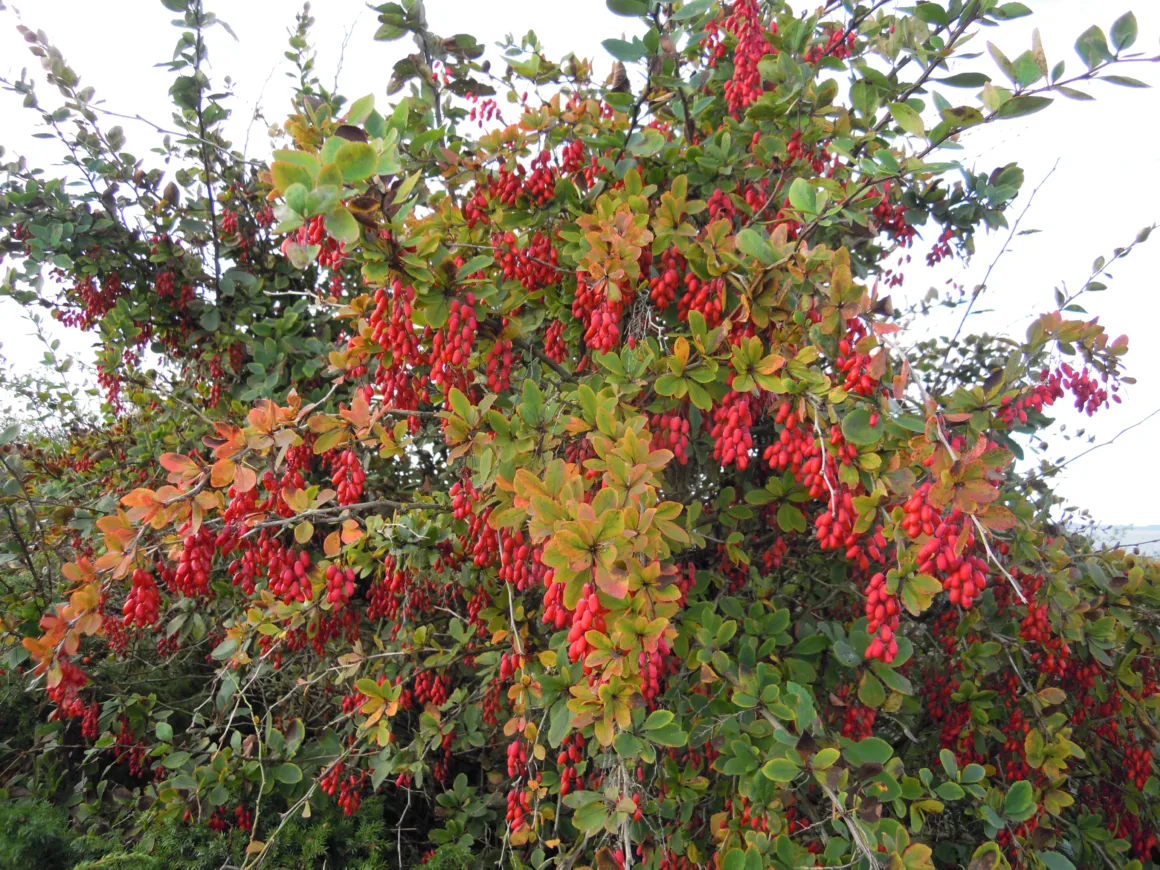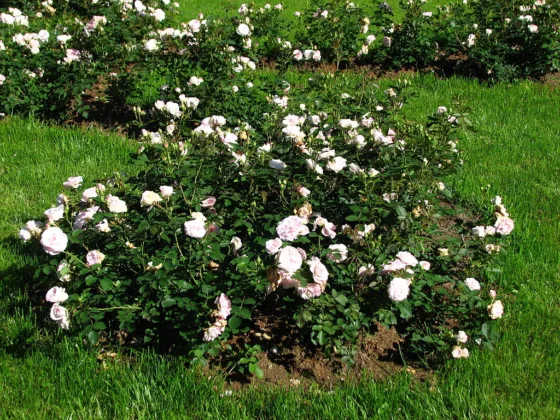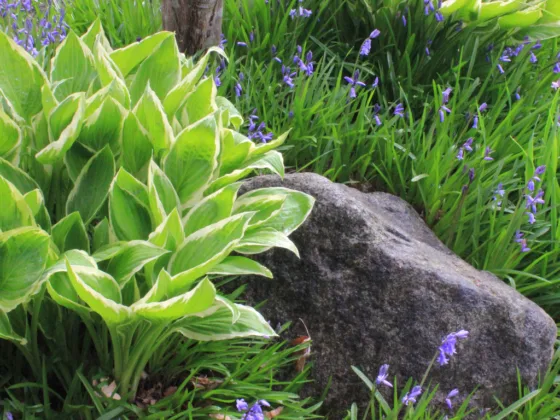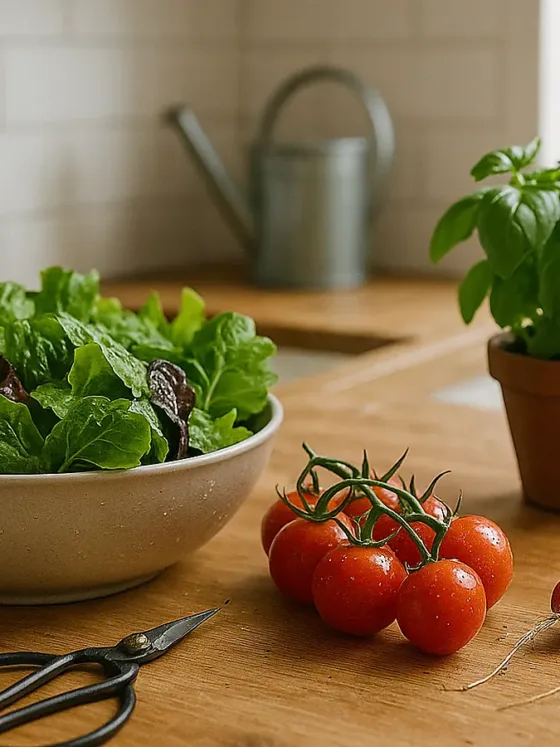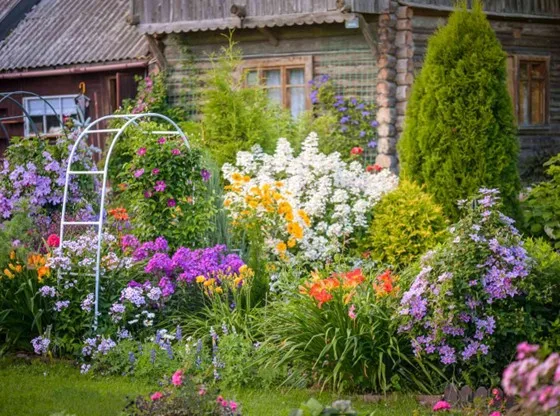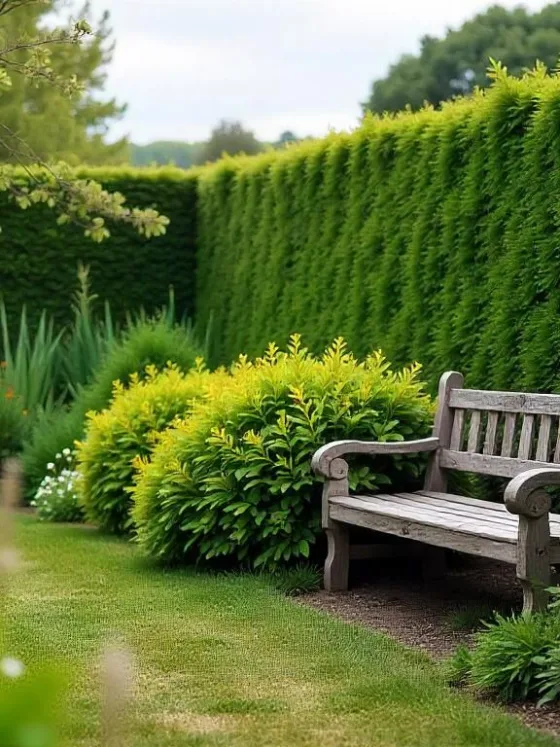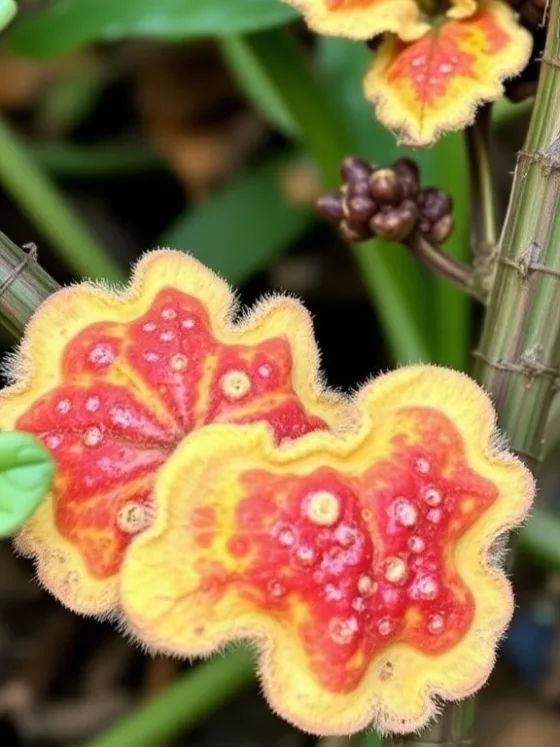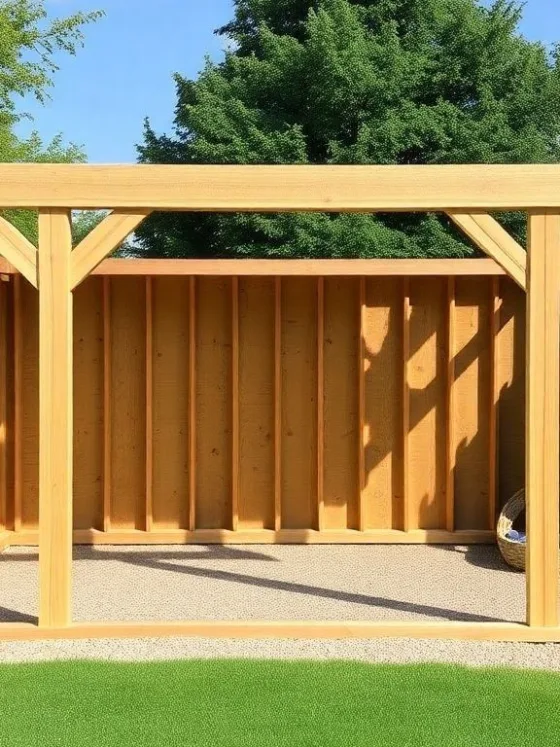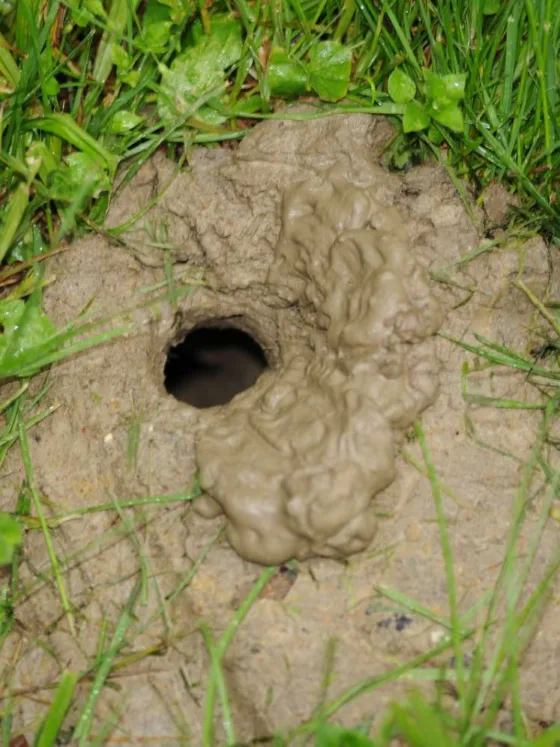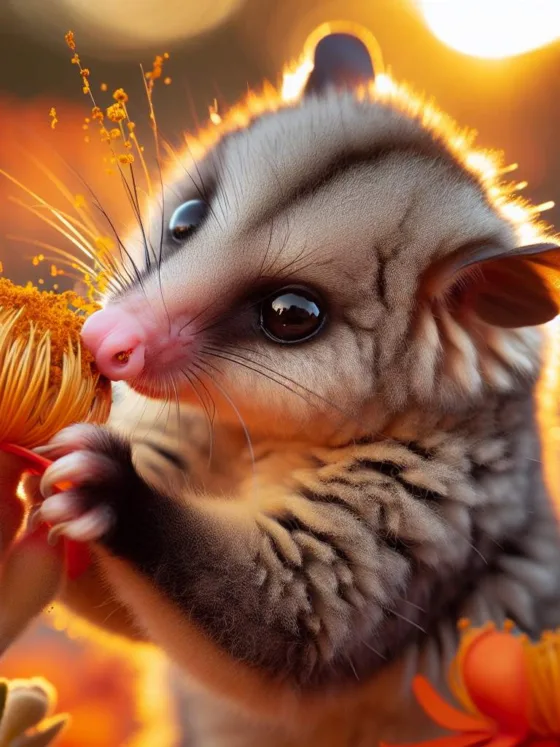Table of Contents Show
Most gardeners and home landscapers are aware (or become aware at some point in their lives) that there’s no such thing as the “perfect” plant – all plants have their positives and negatives.
For example, poplars are hardy and fast-growing but weak-wooded and subject to all kinds of diseases, the beautifully variegated dead nettle (Lamium spp.) can be overly aggressive in a garden, and even the most delicate roses have their prickly thorns.

Speaking of thorns, it’s no coincidence that we’re going to look a little deeper into the world of plants with spines and thorns from the perspective of landscaping and gardening.
Some of the very finest landscape plants also happen to be armed with some of the deadliest thorns, a discovery that often comes to the dismay of novice gardeners who bought on impulse rather than on knowledge.
Often times these thorns serve a purpose, and sometimes they are even useful or attractive from a landscape perspective, but more often than not they are just something that must be tolerated.
In this article, I’m going to focus on plants with spines and thorns by the strictest of definitions.
That means we’re going to look mostly at woody plants; we won’t be examining plants that have sharp or pointy leaves or needles, for example, some species of junipers or pines.
We’ll examine why plants have thorns in the first place when they can come in handy when they can cause harm, and how to work with them.
The Disadvantages Of Thorns
Even those with limited consciousness are able to identify the downside of thorns.
Anyone who has crossed a thorny plant or rubbed it the wrong way (pun intended) knows that they can inflict immediate and tremendous pain upon the interloper.
Some thorns are sharp and needle-like, others are razor-like, and some would challenge the most devious of torture devices that a Department of Homeland Security engineer might possibly devise!

Spines and thorns certainly pose risks and challenges to the homeowner or gardener in a landscape setting.
For one thing, they make regular maintenance such as pruning a hazardous undertaking.
I know of one gardener who accidentally impaled his hand on a barberry branch while pruning the bush, with the thorns sinking deep into his fingers.
Read Also :
He then went on to develop a full-blown infection which eventually resulted in blood poisoning, requiring hospitalization! Fortunately, he survived the ordeal, but needless to say, he no longer grows barberries in his garden!
Spines and thorns can pose a risk to children and pets, particularly around play areas.
Kids may inadvertently chase a ball into a rose garden or try to climb a hawthorn tree, only to discover the perils of such an adventure.
Likewise, pets can hurt themselves in spiny brush or brambles chasing after a rabbit or a mouse.
It would seem obvious that children and pets might be naturally inclined to avoid sharp plants, but that should not be taken for granted – you will want to exercise cautious planning in their sitting if you have kids or pets.
Besides the risks of pain and infection, thorns also tend to turn shrubs into “garbage collectors”, particularly deciduous thorny shrubs.
With the leaves out of the way, the bare thorns will easily snag errant newspapers and flyers that are blowing around on a windy winter day, and the ensuing spring cleanup of these natural garbage cans is no pleasant chore.
The Benefits Of Thorns
What, thorns and spines have a beneficial side? Yes, it’s true – otherwise, why would plants even have them? After all, nature equipped plants with thorns for a reason.
In most cases, certain species evolved spines and thorns for self-preservation and protection, particularly against animals and other creatures who might have otherwise found them to be tasty meals.

They also discourage interlopers from trampling or crushing the plants, by inflicting memorable pain upon those who dare try.
That’s why clusters of thorny plants often make excellent homes for many timid or docile woodland creatures, from birds and rabbits to deer, offering a natural defense against larger predators who fear the pain these natural fortresses can inflict.
Thorns and spines can even serve useful functions in our modern landscapes.
They make an almost impenetrable barrier or hedge, which can come in handy if you’re trying to keep dogs, cats, and incorrigible paperboys out of the spring tulips.
Nothing says “Keep Out!” like a row of tall barberries or Scottish roses! Speaking of the Scottish or Altai rose (Rosa spinossissima), it may even have been the original inspiration for the mace, that spiny club-like weapon of choice for some of our more barbaric ancestors.
One look at the stems and you’ll know why!
And if nothing else, a frighteningly spiny plant can make for a good conversation piece among your gardening friends.
Some thorny plants are downright oddities, even by the diverse measure of Nature herself! Why bother decorating for Halloween when you have one of these in the yard?
Notable Spiny And Thorny Plants
As I mentioned before, most thorny plants are woody plants like trees and shrubs.
That’s because thorns are generally produced from the same woody material as the stems, which hardens (and thus sharpens) during its first season of growth.
As such, pretty well all thorns are carried along the branches or stems.
Some plants are aptly described as “spiny”. The rose is the best-known example, and almost everyone is familiar with the nasty spines that accompany the otherwise immaculate rose.
Another curious plant with spines is the aralia (Aralia spinosa), which is also known as the “Hercules Club”, an appropriate name that suggests the resemblance of this plants stems to a mace.
This is not a plant you want to grab with your bare hands! Raspberries and blackberries (Rubus spp.) are also spiny beasts, the “brambles” in the bramble patches of lore.
Their spines are unique in that they tend to separate easily from the stems, which is why you’re likely to be picking sharp barbs out of your fingers following an afternoon spent harvesting the delicious fruits.

Many plants are downright “thorny”.
This includes trees like hawthorns (Crataegus spp.), wild plum (Prunus americana), and black locust (Robinia pseudoacacia), all of which are well-armed with long and sharp needles that will readily penetrate a wayward hand.
Probably the most incredulous of thorny trees is the native honeylocust (Gleditsia triacanthos, not the cultivars, which have been selected to be thornless for good reason).
You must see one of these instruments of terror in its mature form to truly appreciate the wicked sense of humor Mother Nature seems to possess.
The spear-like thorns can be over 2” long, and come in clusters of three which jut straight out from the trunk of the tree. This tree is a deadly weapon by any measure.
Species honeylocusts are so legitimately dangerous that they are prohibited from being planted in most cities and towns!
Among the most duplicitous of all landscape plants is the barberry (Berberis spp.).
Here on the one hand we have an amazingly versatile shrub that serves many landscape functions so very well, with a fine habit, excellent foliage colors, spectacular fall colors, and attractive berries.
And yet it is armed with some of the thinnest, sharpest needles imaginable, running all along the branches.
This is a plant you will NEVER want to hug.
In fact, barberries can be quite a challenge to maintain.
You see, they tend to suffer regular winter dieback in most of the North, frequently requiring a clean-up pruning in spring to remove deadwood.
This affair can rapidly degenerate into a painful experience! Other spiny shrubs of note include a number of species of pea shrubs (Caragana spp.), sea buckthorn (Hippophae rhamnoides), and buffaloberry (Shepherdia Argentia).
Of course, cacti are renowned for their needle-like thorns, including a couple of species that are hardy here in the North.
There are some fine thorny perennials as well, such as the globe thistle (Echinops spp.) and sea holly (Eryngium spp.), both of which would effectively complete a Halloween garden or centerpiece.
And finally, an honorable mention has to go to the chestnut (Castanea spp.) and its unrelated proteges the buckeye and horse chestnut (Aesculus spp.) for spiny fruit which can make fall cleanup a bloody event.
Working With Spiny Plants
Thorny plants can pose a challenge to the home landscaper and are certainly inappropriate in certain landscape applications or circumstances.
But like all plants, they have attributes that warrant their use in our northern landscapes, and thus the key is to manage the negatives while accentuating the positives.

First and foremost, awareness and planning are critical when using spiny or thorny plants in your landscape.
You must consider their risks and hazards, and weigh them against your specific circumstances. In some applications, they might be explicitly called for.
In others, for example with children and pets, they should be avoided.
And in many applications, their thorns might not be useful but can be tolerated as a price to pay for their other virtues.
In all cases, you must exercise caution in planting and maintaining such plants.
Wear thick and impermeable gloves to plant, prune and clean up, and do take your time; one wrong slip, and you might be off to the emergency room! Be especially careful in disposing of clippings, trimmings and dead branches, and plant material – you’re best to burn them or send them off to the dump (in boxes, not plastic garbage bags!).
For example, it is a stupendously bad idea to save your barberry or rose twigs and stems and chop them into garden mulch – as I learned much to my dismay, this can come back to haunt you many years later!
So be careful, and know what you’re buying, but don’t be deterred from using such plants if the application is right. Remember, every rose has its thorn!
